Basics Lighting Design
Daylight is the most important element determining the mood and appearance of architecture, more so than all construction materials. In office buildings in particular, the good provision of daylight and matching artificial lighting installations make an important contribution to energy conservation – the better the use made of daylight, the less energy has to be consumed for artificial lighting. For this reason, typical architectural concepts have changed in recent years; enclosed buildings with full air-conditioning have increasingly made way to buildings that respond to the climate conditions of their environment, thereby using only a much reduced amount of energy without compromising on comfort. The BASICS Lighting Design volume includes the most important principles of daylight and artificial lighting design. Selection of subjects covered: Sizes and units Building concept design principles (layout design, building orientation and facade structure) Lighting design concepts Current daylighting and artificial lighting systems Solar screening Directing daylight
{{comment.content}}

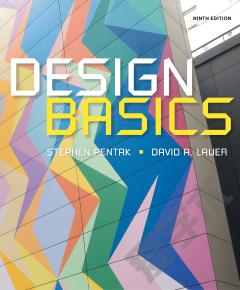
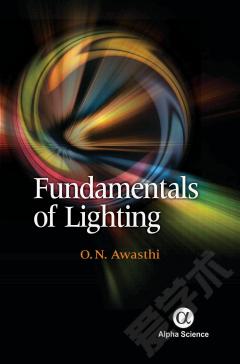
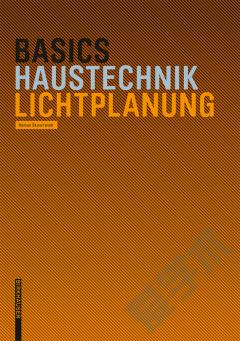

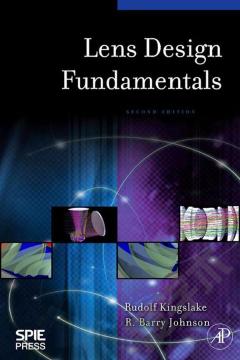
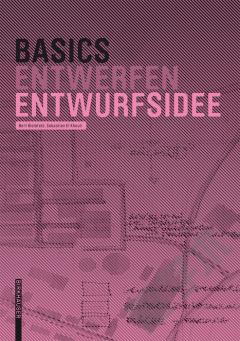

 京公网安备 11010802027623号
京公网安备 11010802027623号